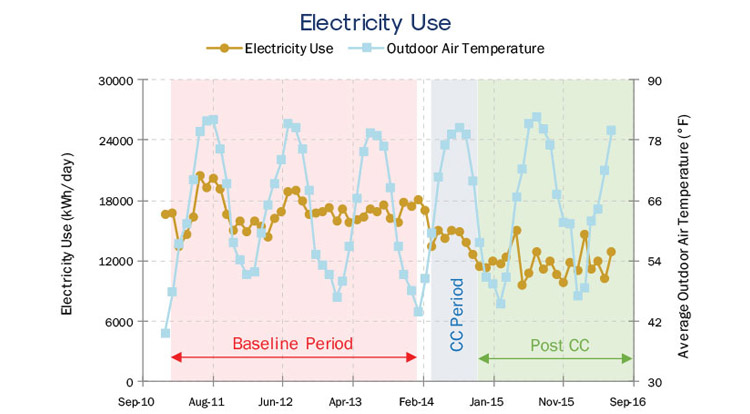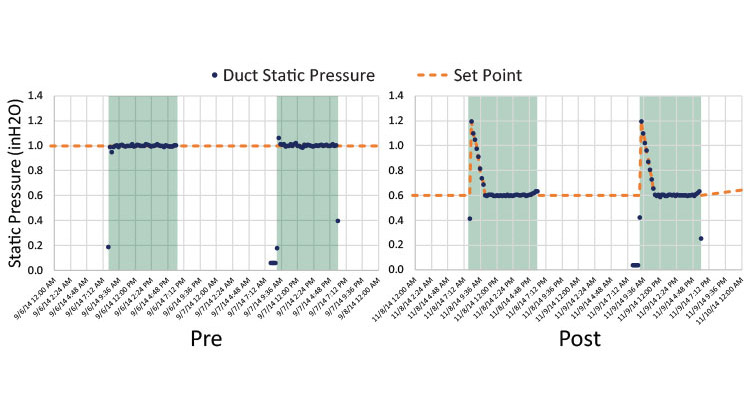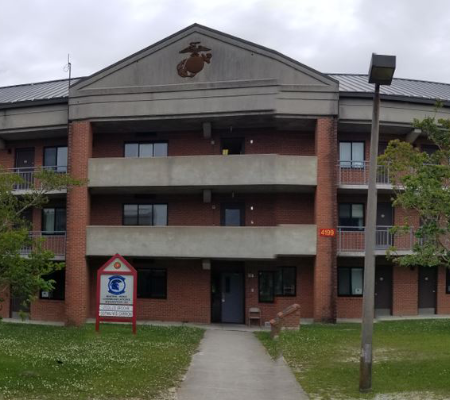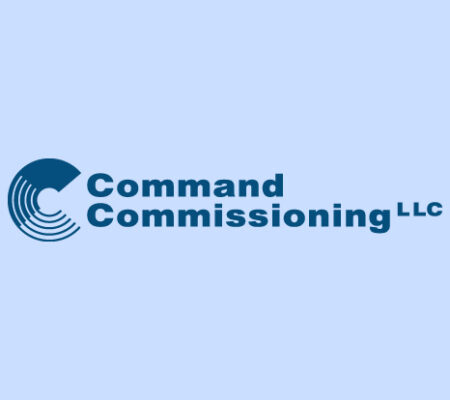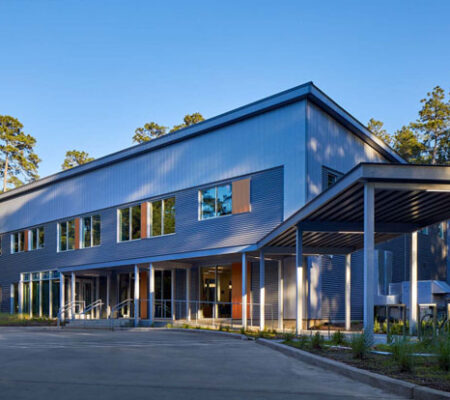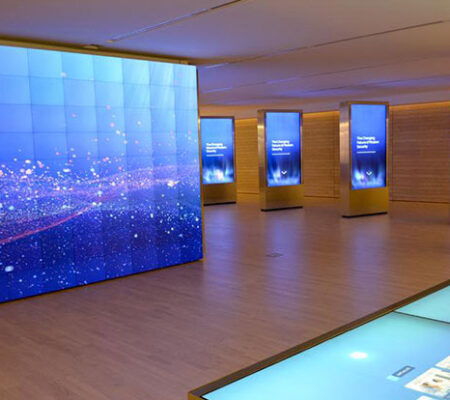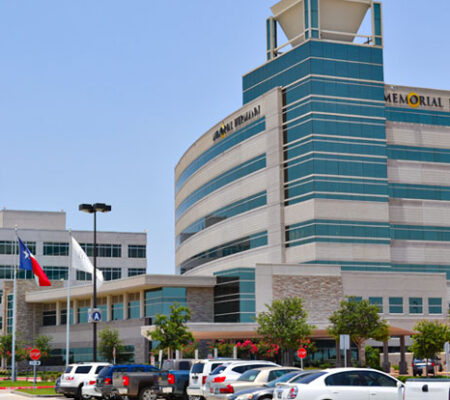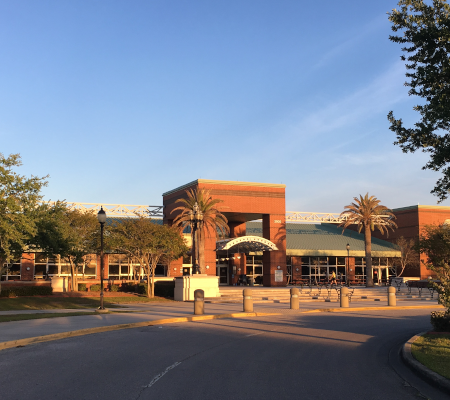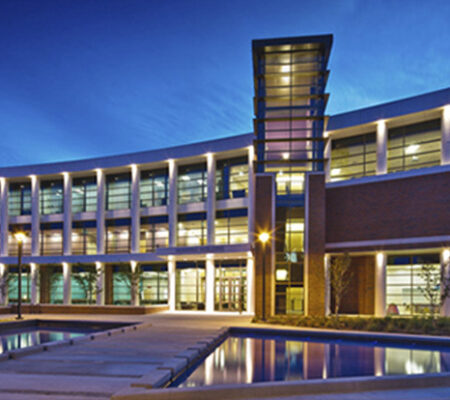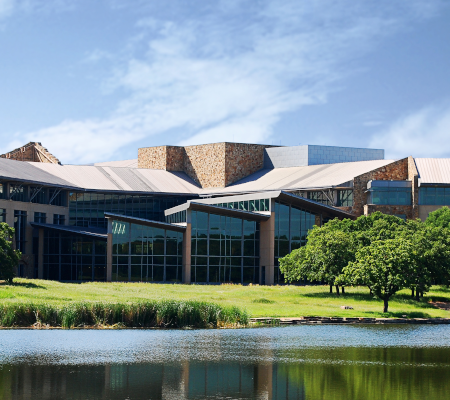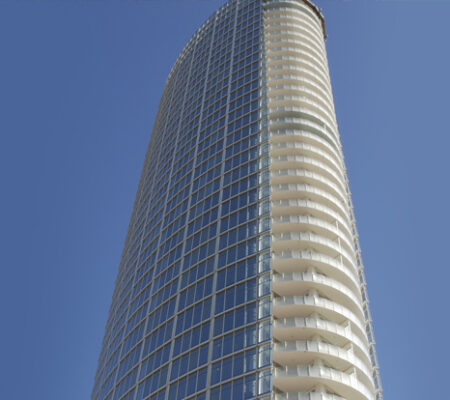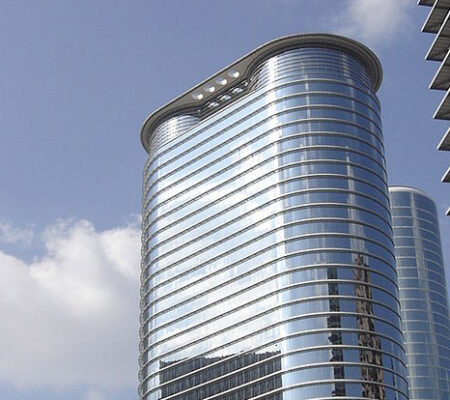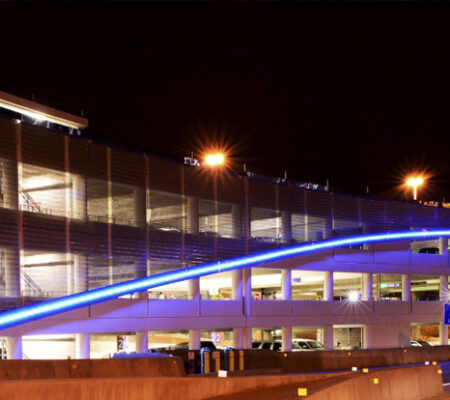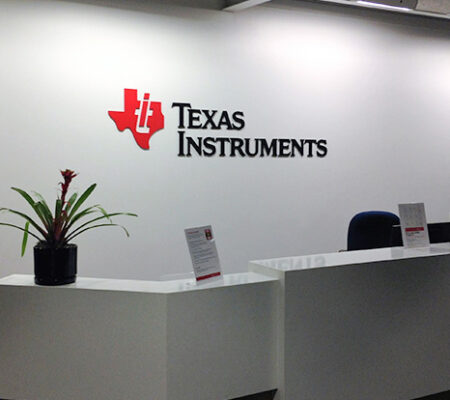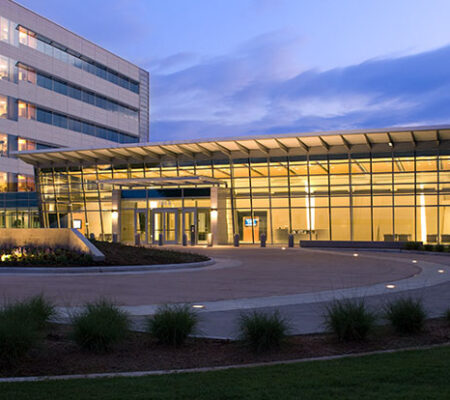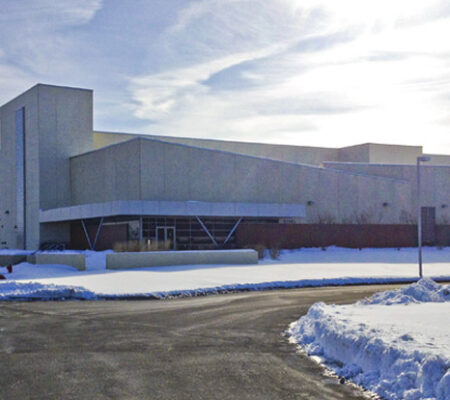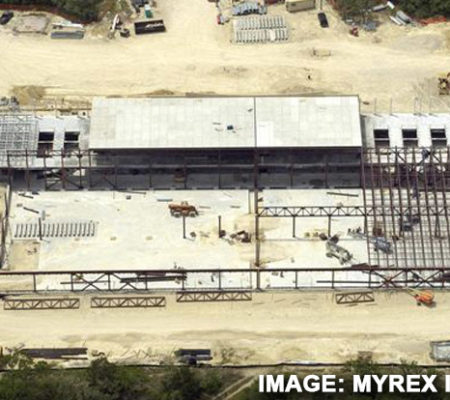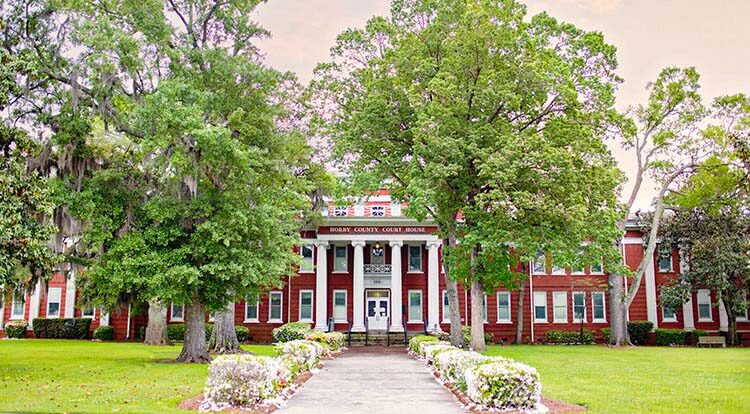
Project Info
Description
Command Commissioning provided Continuous Commissioning® services at seventeen Horry County buildings totaling approximately 630,000 SQFT to improve occupant comfort, resolve existing operating issues, and optimize HVAC system efficiency. The CC® process was divided into three phases: Assessment, Implementation, and Ongoing Monitoring. During the Assessment phase, the utility bills, local weather data, installed equipment, construction documents, and design sequences of operation were reviewed to identify energy savings opportunities. The energy cost savings were estimated for each building along with supporting calculations and submitted to the client in an Assessment Report.
During the Implementation phase, comfort baselines were recorded, an initial checkout of all key devices and sensors was completed, and the as programmed sequences of operation were reviewed. This evaluation was followed by reporting the commissioning issues to the team for resolution and submitting programming recommendations for approval and implementation.
During the Ongoing Monitoring phase, trends were reviewed to recommend setpoint adjustments and ensure optimum building performance was maintained. Quarterly site visits were scheduled to provide training and conduct follow-up investigations.
The Implementation and Ongoing Monitoring phases were completed over a 24 month period. Fifteen CC® measures were considered a total of (227) times, and a total of (211) were implemented.
A Trend Plan was developed by Command Commissioning and implemented with the support of the controls contractor to collect system data at regular intervals from all primary equipment and representative zone equipment for CC® measure development, implementation, tuning, and verification as well as fault detection and diagnostics. This example illustrates the impact of programming changes that reset the duct static pressure setpoint based on load to reduce air handler supply fan motor energy usage.
The combined estimated annual utility savings were $125,000 yielding a payback of under three years. Site-specific post construction savings analysis was conducted on a case-by-case basis. These figures illustrate the transformation of energy usage through the CC® process, and the cumulative electricity unit cost reduction for a site containing two buildings totaling approximately 280,000 SQFT of municipal space served by a district chilled water plant.
These savings are considered conservative since the site is also charged for demand. The plant was excluded from the project thus CC® measures were constrained to the buildings. Optimization efforts focused on scheduling, air handlers, and terminal units. Additional savings were anticipated had the chiller plant been included.


